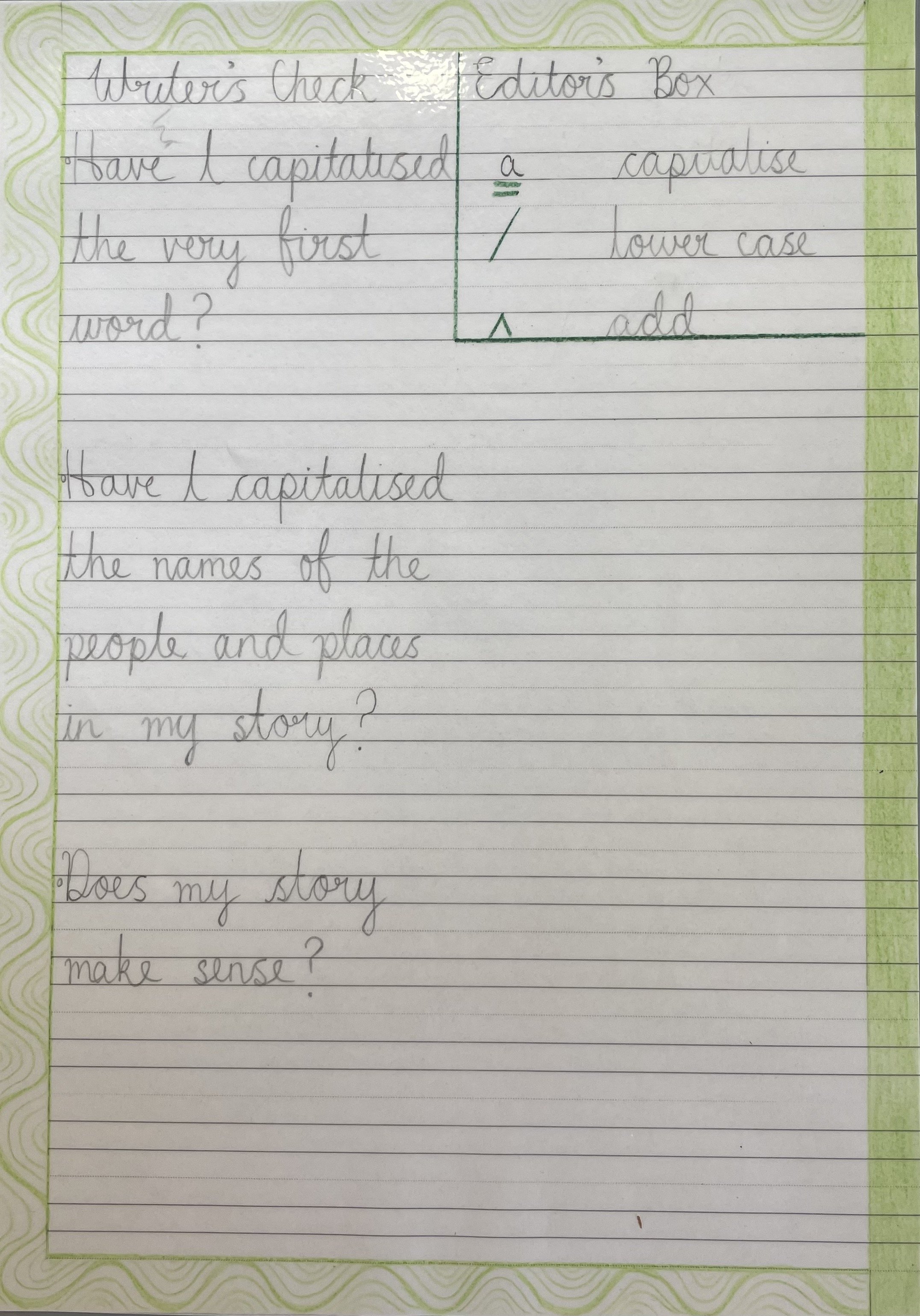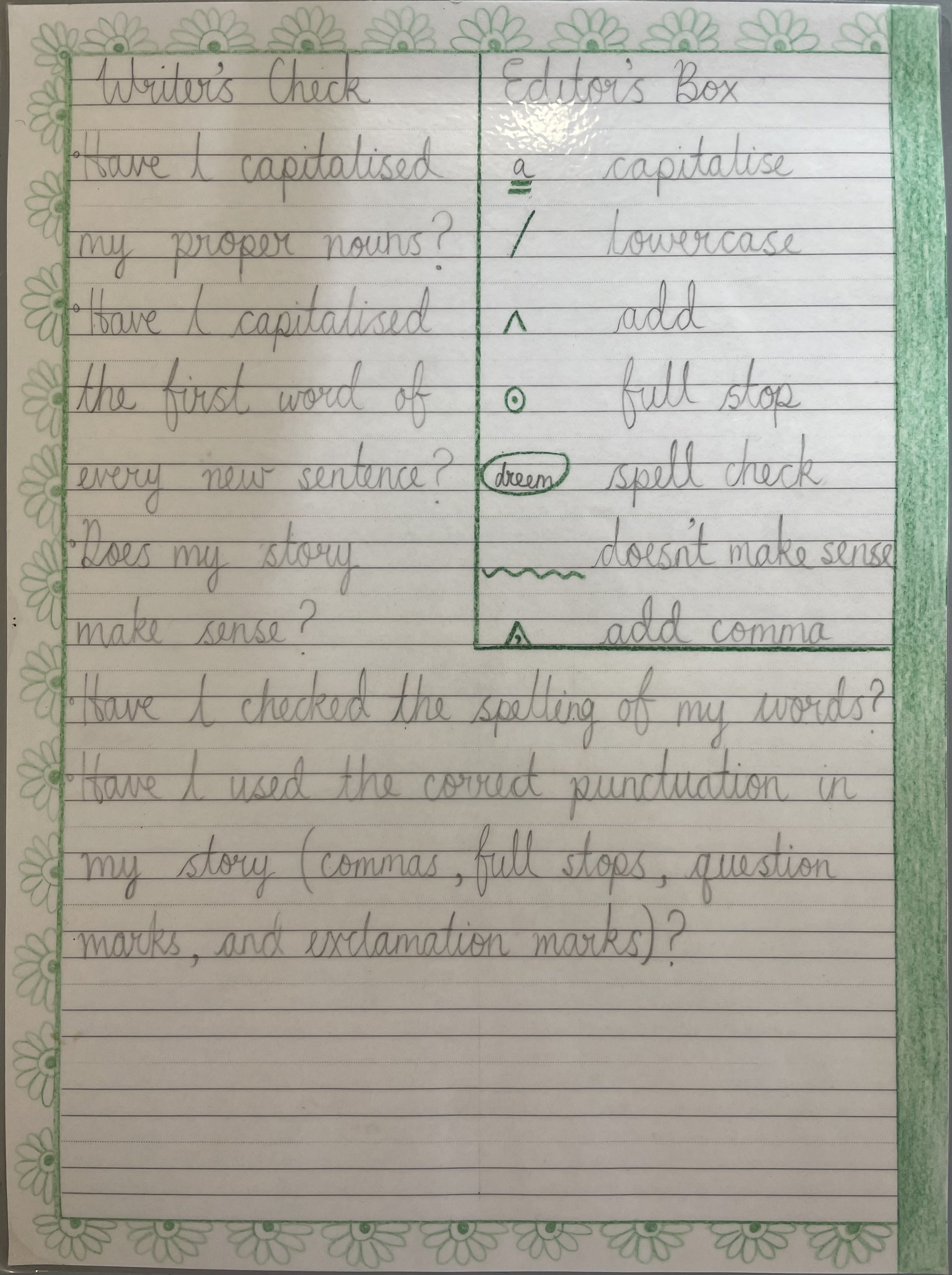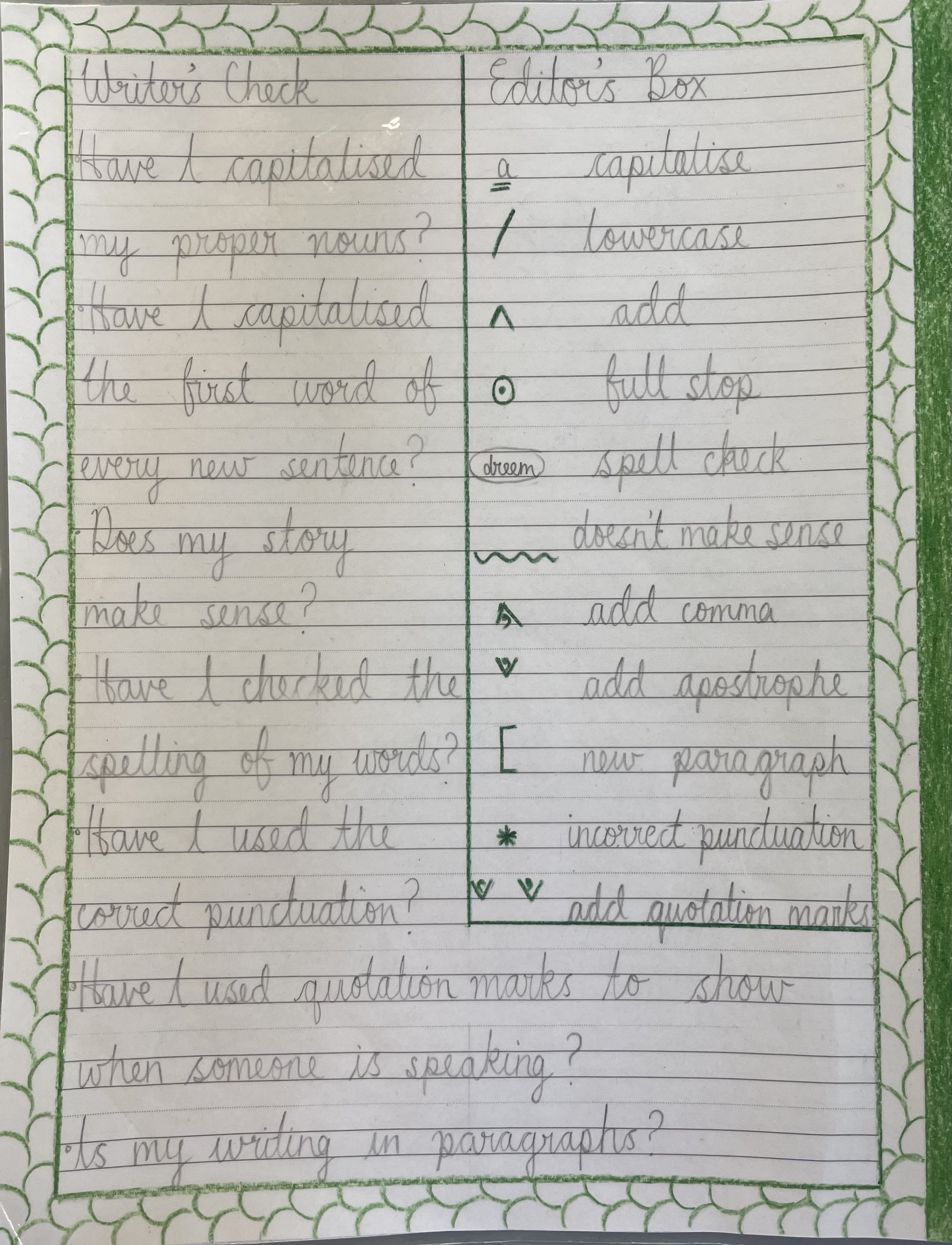Artefact 1-A
Supporting literacy growth for learners at all levels of ability
Development of a visual phonetic alphabet material
Developing phonological awareness using
Multisensory Structured Language (MSL)
Associate MSL Qualification, Institute of Multisensory Structured Language Education
In 2021, I embarked on the Associate MSL qualification offered by the Institute of Multisensory Structured Language Education (IMSLE) to better equip me to meet the learning needs of children with dyslexia and other learning difficulties in literacy. I have completed the first of three components of the course, a 5-day intensive, and am in the process of completing the final two components (an extensive literature review, and 100 hours of practicum).
Implementing MSL in the classroom
Dyslexia is a cognitive learning disability impacting specific language skills, particularly reading, but can also affect other language skills such as spelling, writing, and pronouncing words (The International Dyslexia Association, 2008, p.1). Dyslexic children need systematic and explicit language instruction that involves several senses (hearing, seeing, touching) at the same time (The International Dyslexia Association, 2008, p.3).
The first of the two documents below, shows the scope and sequence for MSL and records one child’s progress in working through the sequence. Importantly, the document outlines the order that lessons are introduced, but the timing of the lessons will depend on the individual child. The second document shows a sample lesson plan (including reflections on the lesson), which I repeated several times to ensure the child achieved mastery before moving onto the next skill.
In this video, a child is segmenting words by assigning one sound to each finger, or “finger spelling”. This is a multisensory technique in which learners sequence sounds to create a word. Eventually the child will be able to do this vocally only, and eventually, mentally (Sonday, n.d.). The child then writes (or encodes) these, saying the sounds concurrently. Once the word is written, the child then reads (decodes) what they have recorded, thereby reinforcing the association of sound and symbol.
Differentiated editing guides and conferences

The simplest editing template has only a few editing marks and simple questions to guide the writer.

The second editing template adds a few more symbols and questions for the writer.

The third editing template has many symbols and questions to guide the more advanced writer.






